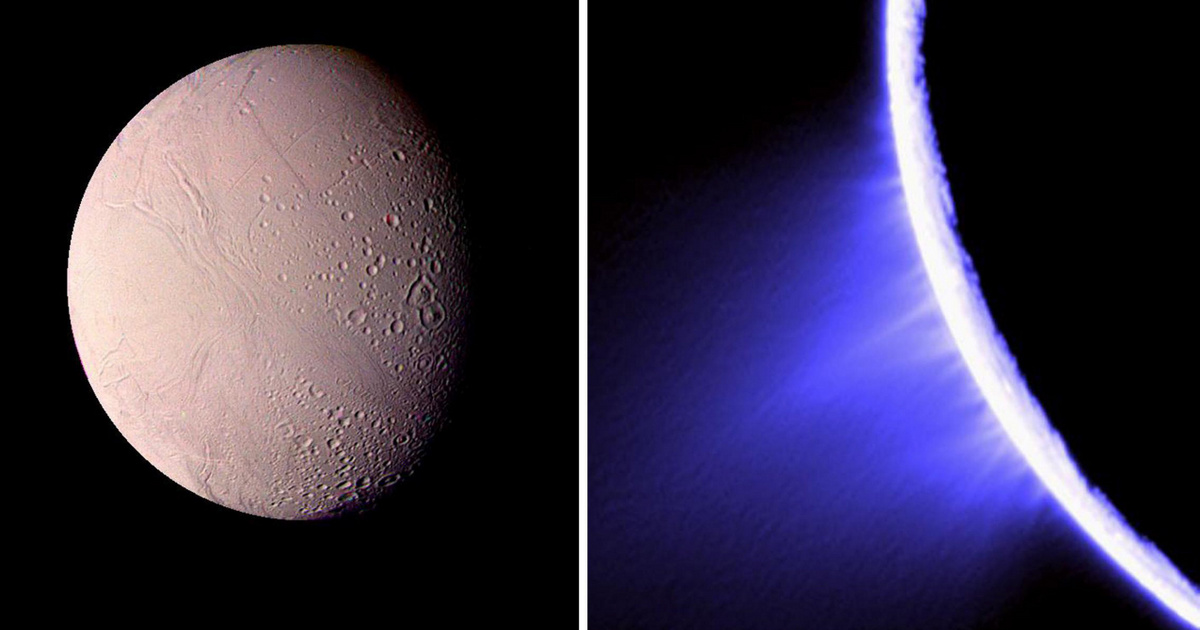The newspaper says that the water emanating from the icy planet contains compounds that could help in the development of life Science NewsYou.
Jonah Peter, a biophysicist at Harvard University, and his fellow scientists found that the jet of water emanating from the planet contains hydrogen cyanide, a substance toxic to humans, which is an essential building block in the synthesis of more complex compounds, including amino acids. Sugars and nucleobases, which in turn are precursors of proteins, RNA and DNA.
The NASA team is currently developing a structure that will be able to penetrate the frozen crust of the planet Enceladus to search for signs of life in the ocean below, and that is the Exobiology Extant Life Surveyor (EELS) robot.
The ocean on Saturn's moons has not been observed directly, but is presumed to be the source of the huge column of water flowing from its south pole.
Based on previous research, water contains phosphorus, making Enceladus the first alien ocean world that may contain all the elements necessary for life.
Peter and his colleagues conducted a detailed analysis of data collected by NASA's Cassini probe in 2011 and 2012 in Enceladus' plume, finding ethane and various alcohols as well as hydrogen cyanide. According to the researchers, these compounds also feed some microbes found on Earth.
Although NASA does not yet have a planned mission to Enceladus, the possibility of life, or even the right conditions, prompted the development of the EELS robot. The robot, which weighs 100 kilograms and is 4 meters long, consists of annular parts that can be flexibly transformed to move easily even in narrow crevices.
The last field test of the robot was conducted last September, in the Athabasca Glacier in the Canadian state of Alberta, where it was found that it could safely descend a distance of 1.5 meters even in narrow passages.














































